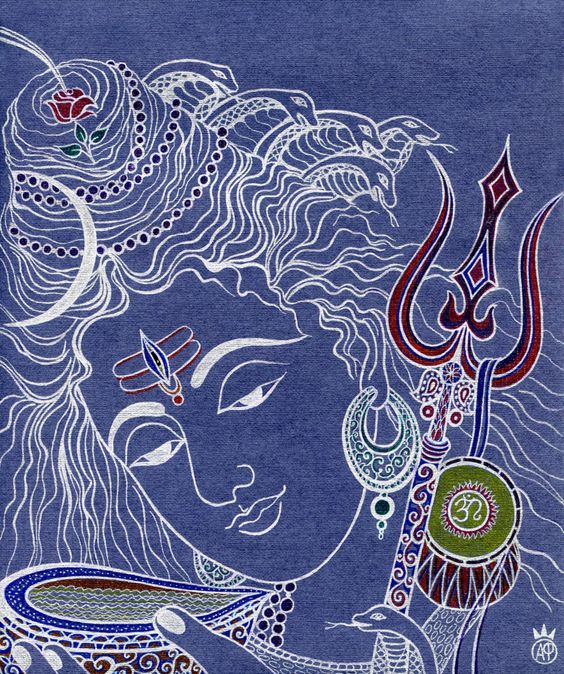In our small group, we discussed the section of Beyond Heroes & Holidays titled Anti-Racist Education: Pulling Together to Close the Gaps written by Enid Lee. In this section, she discusses the three gaps in academic performance: racial gap (the most talked about), individual gap, and community gap. While the first two gaps are legitimized in institutional learning, our group discussed the importance of closing the community gap. We felt that when we close the community gap, we will essentially close the other gaps.
The community gap is what robs a certain community of people from some of the basic rights they deserve: a good education, long healthy lives, and equal protection under the law. Things that were talked about was bridging the gap between community in the way that schools can move meetings to a common meeting place. Schools could survey what area most parents are coming from in order to attend school meetings and move the meeting to them (a community center of some kind). That way these parents aren’t taking two or three busses just to be able to see what their student and the school is up to. One of the sections that I found most intriguing was when Lee discusses a situation in which a teacher asks the class about where they would take a visitor to their community. Some students say that they would take the visitor to the mall, others say that they would take the visitor to a restaurant, and then one student said they would take the visitor to the museum. The teacher was enthused by this answer. This seems a bit irrational to think that there is one “right” answer for this prompt. The students were responding with their culture and then were essentially shut down. Learning about these students culture and incorporating it into our lessons is something that we should be doing as teachers.

